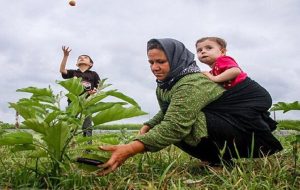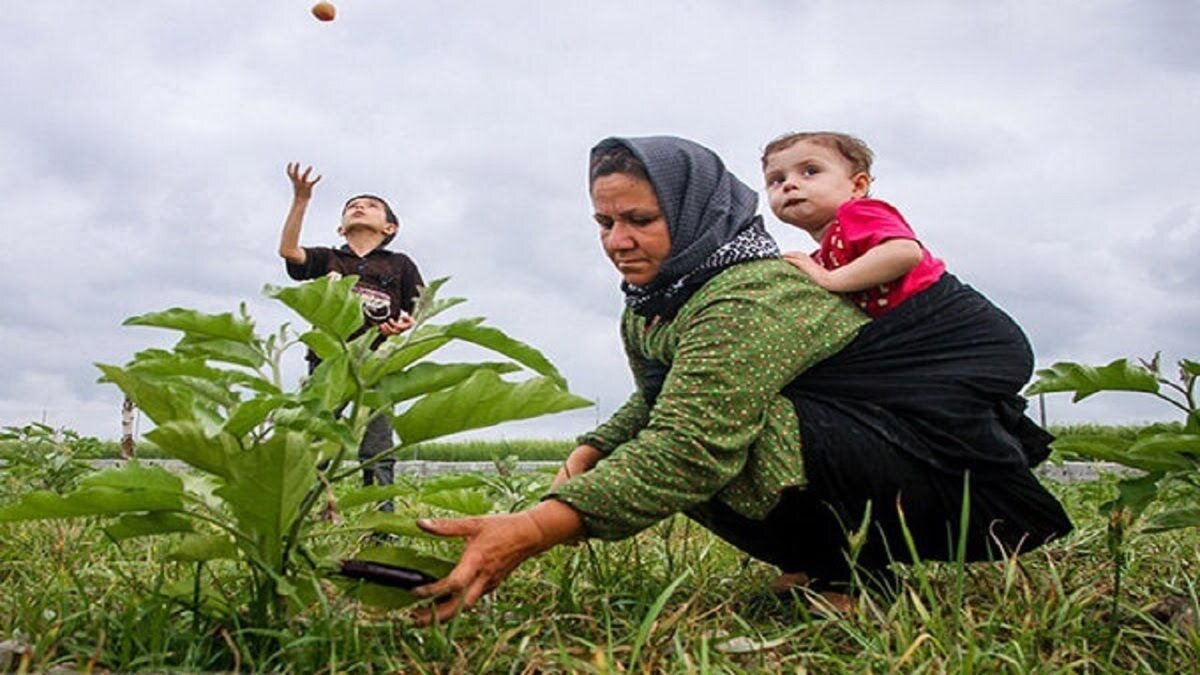All rural women heads of household under coverage of insurance
TEHRAN –With 9,000 more rural and nomadic women newly getting insurance coverage, 100 percent of the women heads of household in rural areas are fully covered by the insurance, the head of the Welfare Organization has said. “Currently, there are no women heads of household in rural areas without insurance,” ISNA quoted Javad Hosseini as


TEHRAN –With 9,000 more rural and nomadic women newly getting insurance coverage, 100 percent of the women heads of household in rural areas are fully covered by the insurance, the head of the Welfare Organization has said.
“Currently, there are no women heads of household in rural areas without insurance,” ISNA quoted Javad Hosseini as saying.
One of the target populations of the Welfare Organization is women heads of household who receive various long-life services like skill training and employment from the organization, he added.
Referring to the three steps that are taken by the organization to provide services, Hosseini said empowering and creating opportunities are the first two steps which once accomplished will result in the third step, which is balancing. Achieving balance leads to social security and social welfare, which is the ultimate goal of all governments, the official said.
Also, the Welfare Organization grants 300 million rials (about 500 dollars) to women heads of household, as well as loans to create employment opportunities, he further noted.
Rural women’s role in sustainable development
Rural and nomadic women play a pivotal role not only in the family welfare but also in the country’s sustainable development.
Women, as well as men, in villages and rural areas, have a great contribution to all-out national development.
They carry out the bulk of domestic work within families and households in villages and rural areas.
Apart from their role in the stability of the family, they are known to play a key role in agriculture accounting for a substantial proportion of the agricultural labor force.
The rural women also make significant contributions to food security and nutrition, land and natural resource management, and daily tasks.
The women of the villages with their different capabilities protect the native identities of communities, they are sources of many cultures and traditions.
Achieving gender equality and empowering women is not only the right thing to do but is a critical ingredient in the fight against extreme poverty, hunger, and climate change.
Over half a million housewives under coverage of insurance
There are more than 511,000 housewives in the country under insurance coverage, an official with the Social Security Organization said in September.
All the women between 18 and 50 years of age can apply for insurance, IRNA quoted Majid Maleki as saying.
Women’s participation in decision-making councils of ministries, insurance coverage for rural women, mothers with three or more children, and pregnant women are some of the great measures taken by the administration in recent years.
The empowerment programs have resulted in the self-sufficiency of more than 126,000 women heads of household.
The status of women in various fields was improved after the Islamic Revolution and women, as half of the country’s population, have been leading in many fields.
After the victory of the Islamic Revolution in February 1979 by toppling the Pahlavi regime [the last Iranian royal dynasty, ruling for almost 54 years between 1925 and 1979], women were given equal rights to shape their futures. The Islamic Revolution provided them a chance to build their distinct identity and they have been tremendously successful in doing that.
There were extensive changes in the fields of science, education, economy, employment, and presence in management positions for women. Now a large part of activists in various fields of academia, business, and management are made up of capable Iranian women.
Education as a social value for women is seen as real freedom for them. Illiteracy among women and girls has been nearly eradicated as the literacy rate reached 99.3 percent and the ratio of female to male students has increased by 28 percent.
According to the latest data, nearly 60 percent of all university students are females today. The percentage of women in higher education has increased nearly 21 times since the Revolution.
The notable presence of women in the education sector has had a remarkable impact on the job market of the country as well, with women taking more jobs in both the public and private sectors.
Leader of the Islamic Revolution Ayatollah Seyyed Ali Khamenei in one of his speeches said, “It is wrong to assume, we should prevent women from partaking in economic and social activities with reference to Islam.
MT/MG
